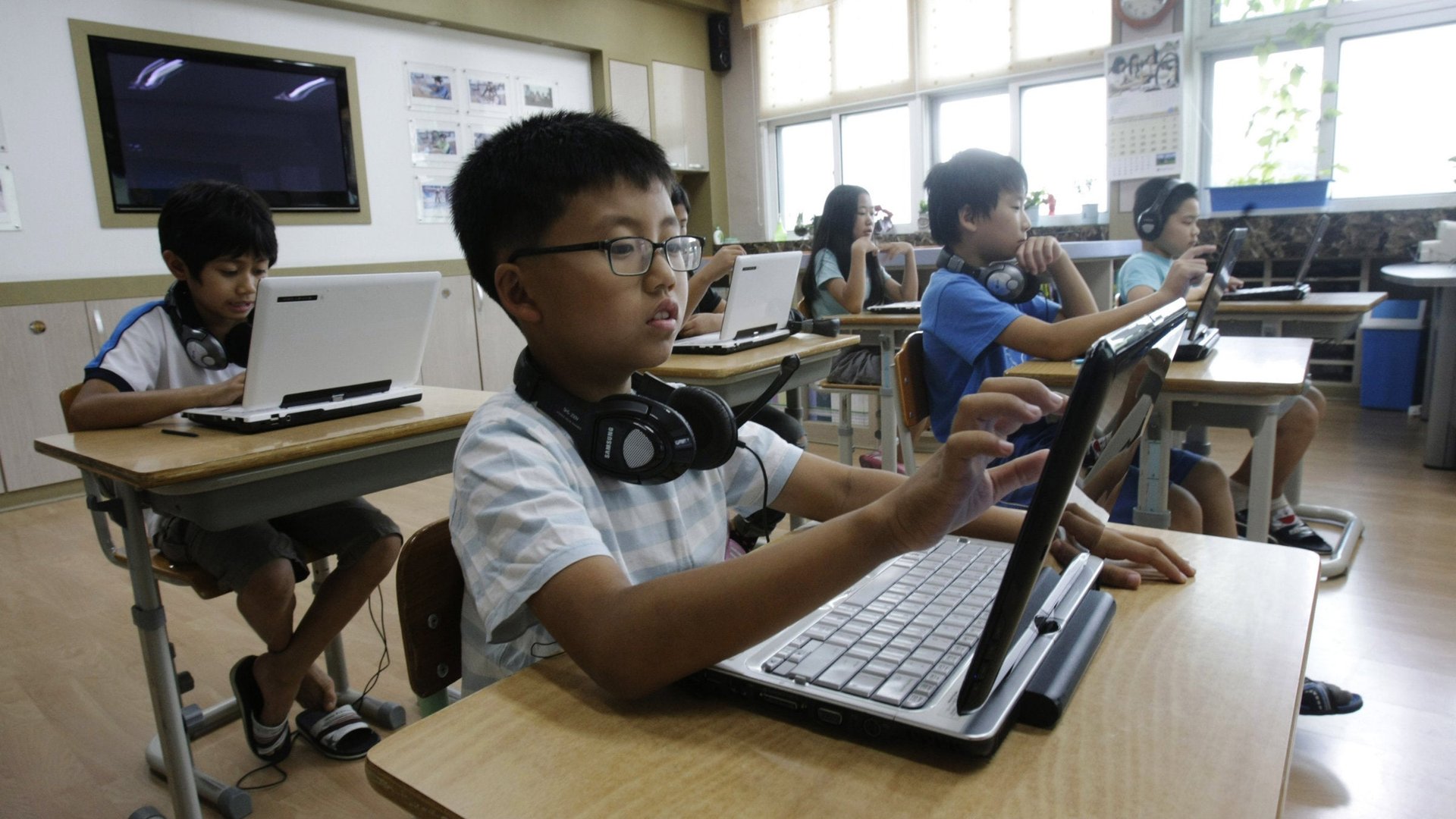Why I would rather send my kid to school in Finland than South Korea or Japan
I would never send my kid to school in South Korea or Singapore or Japan.These countries ranked two through four in a recent global ranking from Pearson and the Economist Intelligence Unit and all are known for their hard emphasis on rote learning, after-school tutors and extreme discipline.You know, think Tiger Mothers, except on a societal level.


I would never send my kid to school in South Korea or Singapore or Japan.These countries ranked two through four in a recent global ranking from Pearson and the Economist Intelligence Unit and all are known for their hard emphasis on rote learning, after-school tutors and extreme discipline.
Instead, give me Finland, which ranked first. Finland is, as the New York Times puts it, “typically Scandinavian—relaxed, humane, egalitarian and state-financed.”
In fact, give me Sweden over South Korea. Sweden, where I live and where my daughter is in kindergarten, ranked only 21st out of 40 on the list. But, to me, that relatively low ranking comes more from a lack of execution—especially compared with Finland—than bad philosophy.
In a recent New Yorker article referring to the study, Louis Menand makes a prescient point that the success —and style—of a country’s schools depends on what that country wants out of its citizens:
Yet both systems are successful, and the reason is that Finnish schools are doing what Finns want them to do, which is to bring everyone up to the same level and instill a commitment to equality, and South Korean schools are doing what South Koreans want, which is to enable hard workers to get ahead.
I want the Finnish way, not only because it is more humane and because I believe it raises better citizens and more capable human beings. The Nordic model better prepares people for an ever-shifting digital future of augmented reality and 3D printing and a return to a maker culture. Sure, those are all trendy tech buzzwords but they are also what’s coming, not interchangeable human parts in a great corporate machine.